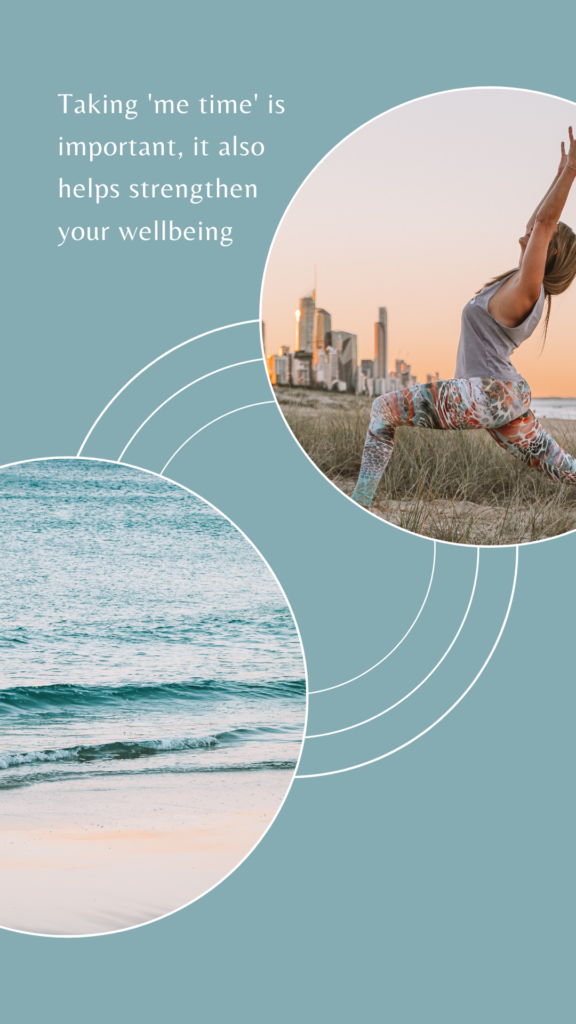Mindfulness and Meditation
Explore these tips and meditation practices to increase your wellbeing
What is mindfulness?
Mindfulness is the basic human ability to be fully present, aware of where we are and what we’re doing, and not overly reactive or overwhelmed by what’s going on around us.
While mindfulness is something we all naturally possess, it’s more readily available to us when we practice mindfulness techniques on a daily basis.
Whenever you bring awareness to what you’re directly experiencing via your senses, or to your state of mind via your thoughts and emotions, you’re being mindful. There’s growing research showing that when you train your brain to be mindful, you’re remodelling the physical structure of your brain.
What is meditation?
Meditation is exploring. It’s not a fixed destination. Your head doesn’t become vacuumed free of thought, utterly undistracted. It’s a special place where each and every moment is momentous. When we meditate, we venture into the workings of our minds: our sensations (air blowing on our skin or a harsh smell wafting into the room), our emotions (love this, hate that, crave this, loathe that) and thoughts (wouldn’t it be weird to see an elephant playing a trumpet).
Mindfulness meditation asks us to suspend judgment and unleash our natural curiosity about the workings of the mind, approaching our experience with warmth and kindness, to ourselves and others.
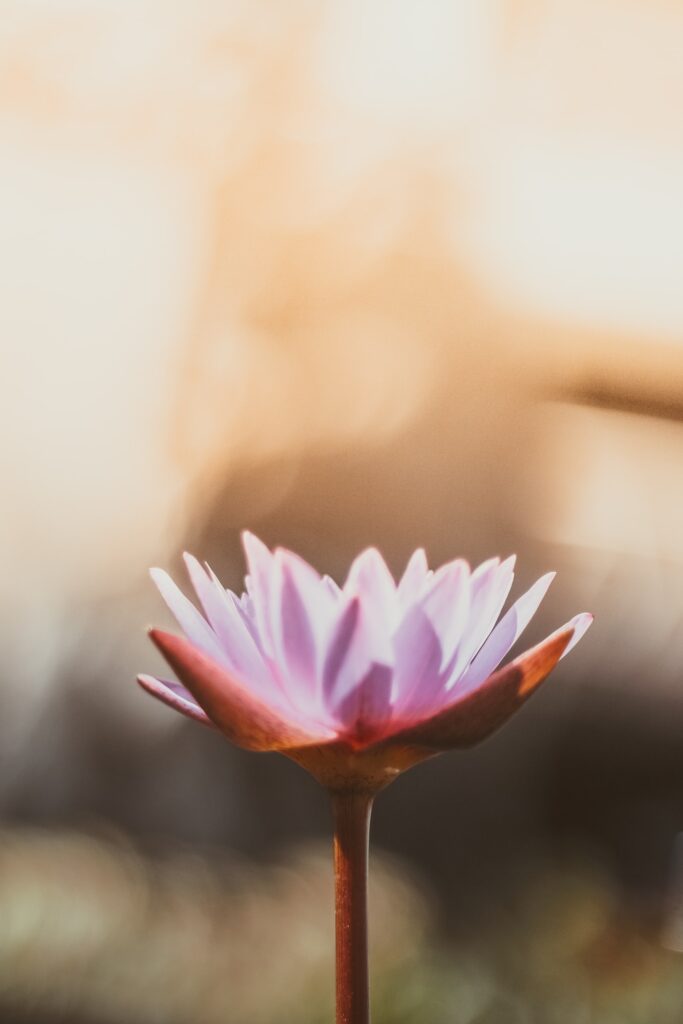
How do I practice mindfulness and meditation?
Mindfulness is available to us in every moment, whether it be through meditations and self-guided body scans, or mindful moment practices like taking time to pause and breathe when the phone rings instead of rushing to answer it.
TED x Talk: The Power of Mindfulness: What You Practice Grows Stronger – Presented By Dr Shauna Shapiro
How do we change? In this pioneering talk, Dr Shauna Shapiro draws on modern neuroscience and ancient wisdom to demonstrate how mindfulness can help us make positive changes in our brains and our lives.
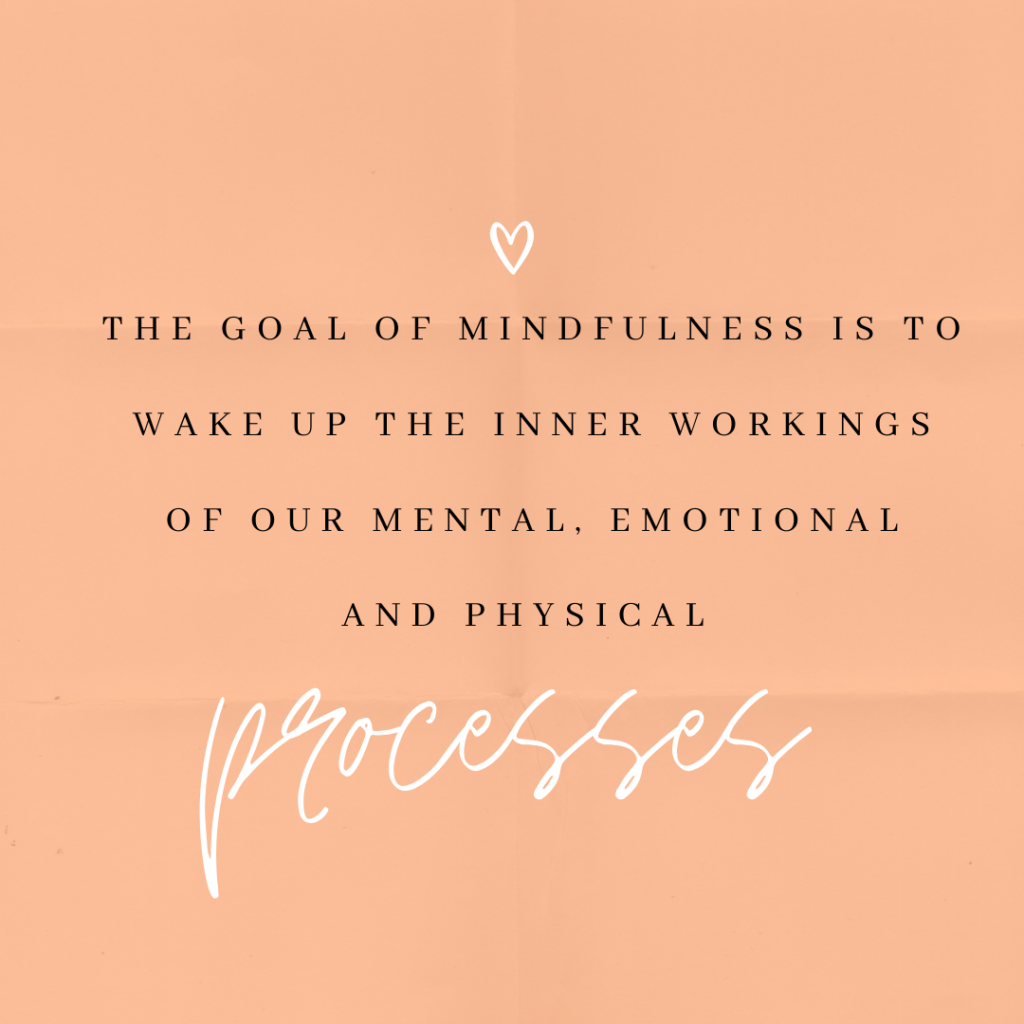

TED Talk: All it Takes is 10 Mindful Minutes – Presented By Andy Puddicombe
When is the last time you did absolutely nothing for 10 whole minutes? No texting, talking or thinking? Mindfulness expert Andy Puddicombe describes the transformative power of doing just that: refreshing your mind for 10 minutes a day, simply by being mindful and experiencing the present moment.
The Basics of Mindfulness Practice
Mindfulness helps us put some space between ourselves and our reactions, breaking down our conditioned responses.
Here’s how you can tune into mindfulness throughout the day:
You don’t need a meditation cushion or bench, or any sort of special equipment to access your mindfulness skills — but you do need to set aside some time and space.
The aim of mindfulness is not quieting the mind, or attempting to achieve a state of eternal calm. The goal is simple: we’re aiming to pay attention to the present moment, without judgment. Easier said than done, we know.
When we notice judgments arise during our practice, we can make a mental note of them, and let them pass.
Our minds often get carried away in thought. That’s why mindfulness is the practice of returning, again and again, to the present moment.
Don’t judge yourself for whatever thoughts crop up, just practice recognising when your mind has wandered off, and gently bring it back.
And that’s the practice! It’s often been said that it’s very simple, however, it’s not necessarily easy. The work is to just keep doing it. Take it day by day, and you will find that results will accrue.
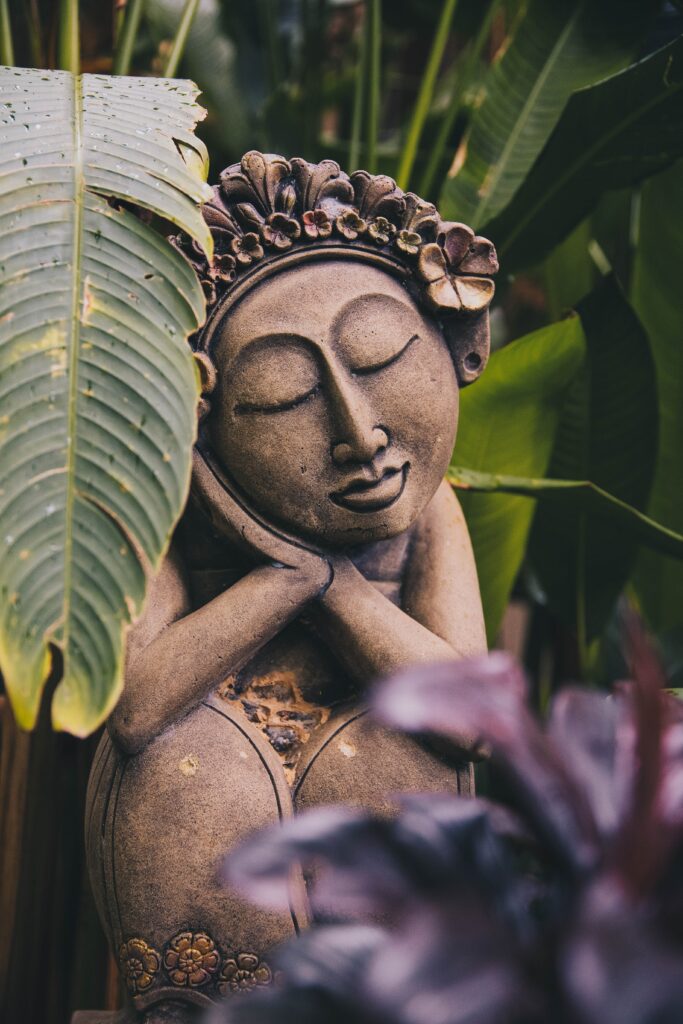
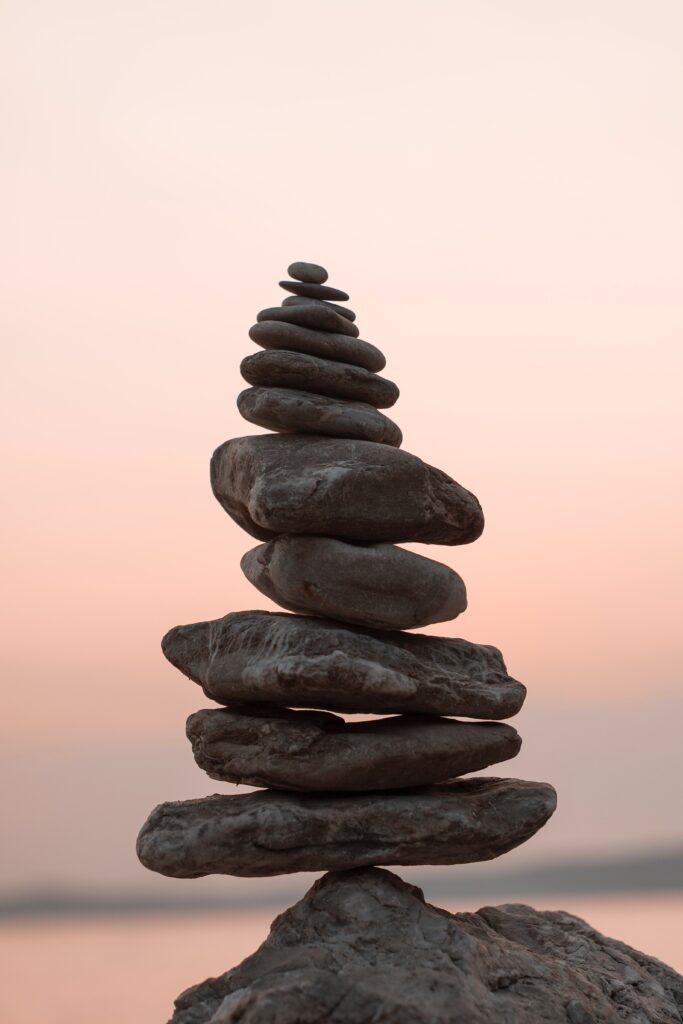
How To Meditate
This meditation process focuses on the breath, not because there is anything special about it, but because the physical sensation of breathing is always there and you can use it as an anchor to the present moment. Throughout the practice you may find yourself caught up in thoughts, emotions, sounds — wherever your mind goes, simply come back again to the next breath. Even if you only come back once, that’s okay. Ready? Now try the simple meditation practice below.


Find a spot that gives you a stable, solid, comfortable seat.
If on a cushion, cross your legs comfortably in front of you. If on a chair, rest the bottoms of your feet on the floor.
But don’t stiffen. Your spine has natural curvature. Let it be there.
Situate your upper arms parallel to your upper body. Rest the palms of your hands on your legs wherever it feels most natural.
Drop your chin a little and let your gaze fall gently downward. It’s not necessary to close your eyes. You can simply let what appears before your eyes be there without focusing on it.
Bring your attention to the physical sensation of breathing: the air moving through your nose or mouth, the rising and falling of your belly, or your chest.
Inevitably, your attention will leave the breath and wander to other places. Don’t worry. There’s no need to block or eliminate thinking. When you notice your mind wandering gently, simply return your attention to the breath.
You may find your mind wandering constantly — that’s normal, too. Instead of wrestling with your thoughts, practice observing them without reacting. Just sit and pay attention. As hard as it is to maintain, that’s all there is. Come back to your breath over and over again, without judgment or expectation.
If your eyes are closed, open them. Take a moment and notice any sounds in the environment. Notice how your body feels right now. Notice your thoughts and emotions.
What are the benefits of mindfulness meditation?
The below information and top tips have been shared by Mindful.org, you might even recognise some of these from the magazines at our SWISH Wellness Stations. Don’t forget you can access the complete searchable library from Mindful by following the instructions on this page.
When we meditate, it doesn’t help to only fixate on the benefits. Rather, take a deep, slow, long breathe and try to focus on the present moment, and doing the practice. That being said, there are plenty of benefits you’ll find mindfulness meditation can bring into your life. Here are five reasons to practice mindfulness.
Understand your pain
Pain is a fact of life, but it doesn’t have to rule you.
Mindfulness meditation can help you reshape your relationships with both mental and physical pain.
Connect better
Do you ever find yourself staring blankly at a friend, partner or child, and you’ve no idea what they’re saying? Mindfulness helps you give them your full attention.
Lower stress
There’s a lot of evidence that excessive stress causes lots of illnesses, and makes other illnesses worse. Mindfulness contributes to decreasing your stress levels.
Focus your mind
It can be frustrating to have our minds stray from what we’re doing and be pulled in six different directions. Meditation hones our innate ability to truly focus.
Reduce brain chatter
The nattering, chattering voice in our head seems to never leave us alone. Isn’t it time we gave it a little break? Mindfulness meditation teaches us to slow the brain.

Top 10 Guided Meditations
Whether you’re in need of a better night’s sleep, a chance to practice gratitude, or simply a reminder to take a deep breath, click here to see Mindful’s most popular guided meditations from 2018.
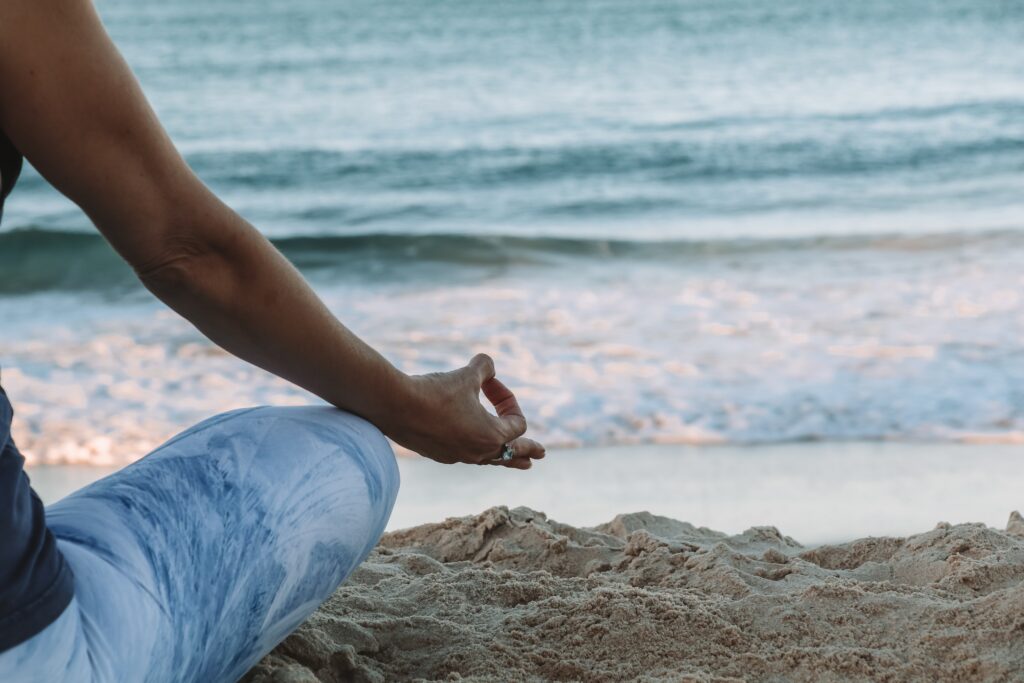
Top 5 Best Meditation and Mindfulness Apps for 2020
Aura is a mindfulness app that provides the user with daily micro-meditations that last only three minutes apiece. Aura helps users relieve stress and anxiety with a technologically advance, simple and effective meditation platform. It was created by some of the best and most sought-after meditation teachers and therapists and personalised by AI. Aura allows users the option to keep a gratitude journal, track moods throughout the day and listen to the sounds of nature. It even makes meditation into a game, as it allows you to level up as you lean and practice in daily challenges. This be the right app for you if you have limited time throughout the day to practice your meditation.
Users love the simplicity of this app, and its ability to help create a sense of peace and wellbeing within one’s mind. Some people do not like that fact that you cannot reply meditation clips as many times as you want without purchasing the full app, but overall people have found the free version to be very helpful.

Breethe is a free app that follows users throughout the day, from the time they wake up to the time they go to sleep. It provides then with supportive tools and guidance to help them stay on track with their meditation practices throughout the day. If offers five-minute meditations, along with tips for overcoming pressure, feeling love and living with intention and inner peace. It is fully customisable, making it a user-friendly app to help support your practice.
This app includes a new ‘My Place’ feature that puts all the apps content at the user’s fingertips, allowing the user to set favourites, explore any new or popular features and get relevant recommendations.

Buddhify is a mindfulness app, where meditation sessions are organised by theme according to where you are in your day. It is widely known to be one of the best apps for anxiety, and is personalised depending on what you’re up to, from waking up, commuting or taking a quick break at work to dealing with stress or having trouble falling asleep.
It comes with over 80 custom meditations for you to explore that have been created by experts in the field. Buddhify is great for people in the modern working world who tend to be on the go. Some users have had this app for over three years and still consider it to be their favourite. The options within the app are high in quality, and the professionals who run the app are great teachers and leaders, constantly continuing to make improvements to the mindfulness app.

Calm brings, joy, peace and a sense of clarity to your everyday life. Millions of people agree that this app is a great for meditation, mindfulness and changing your life in a positive way. Calm provides the relaxing sound of falling rain automatically in the background, but you can also choose to be greeted by a cracking fireplace, crickets or something called ‘celestial white noise’. Calm also includes some short meditations that you can use during a busy day. Users of this app say it is well worth the money. It gives you the desire to stay consistent with your meditation practice and allows people to increase their focus during their everyday lives. People have found this app to have amazing results during these tumultuous times.

Headspace provides the user with spoken-word exercises that are designed to be used for around 10 minutes a day, beginning with a 10-session pack that comes free with the initial download. It includes short meditations for people who are on the go and even SOS meditations that are useful during times of crisis. One of the best things about this app is that you can try it out before buying it. It really teaches users how to incorporate meditation into their own lives so that it works for them.
Headspace brands itself as being a gym membership for the mind. People note that they can feel the hard-to-quantify benefits from Headspace that have to do with their attention span, equanimity, sense of alertness, and the ability to deal with stressors in daily life. One user even claimed that this app cured his anxiety, even after using prescription drugs failed to do so.
The Headspace app has 350 hours of guided meditation lessons that are delivered by Puddicombe. While one can easily research the basics of mindfulness meditation, Puddicombe associates meditation with driving a car. He believes that it is helpful to sit next to someone while you are learning to drive so they can tell you what to do as you go along. Using noise-cancelling headphones with the Headspace app creates an intimate experience that is similar to having someone sitting next to you and directing your moves.
Each session is started with a “checking-in” routine, allowing the user to get settled in and ready to meditate. After taking some deep breaths, the user is then urged to become aware of various physical sensations surrounding them, such as their body weight and the feeling of their chair or clothes touching their skin. Attention is then drawn to the breath, which is counted with each inhalation. Puddicombe believes in savoring the breath and teaching that practice to his students.

Essential Oils
Explore the harmonising benefits and effects of essential oils!
Essential Oils have been used for centuries to enhance yoga practice, meditation, and general health and wellbeing. The harmonising benefits of using essential oils in your daily life can include stimulating the mind, reducing stress, cleaning the air, aiding breathing techniques, and improving energy flow.
While they may not work for everyone, even if they just boost your mood, it can have a positive effect on your overall health and wellbeing!
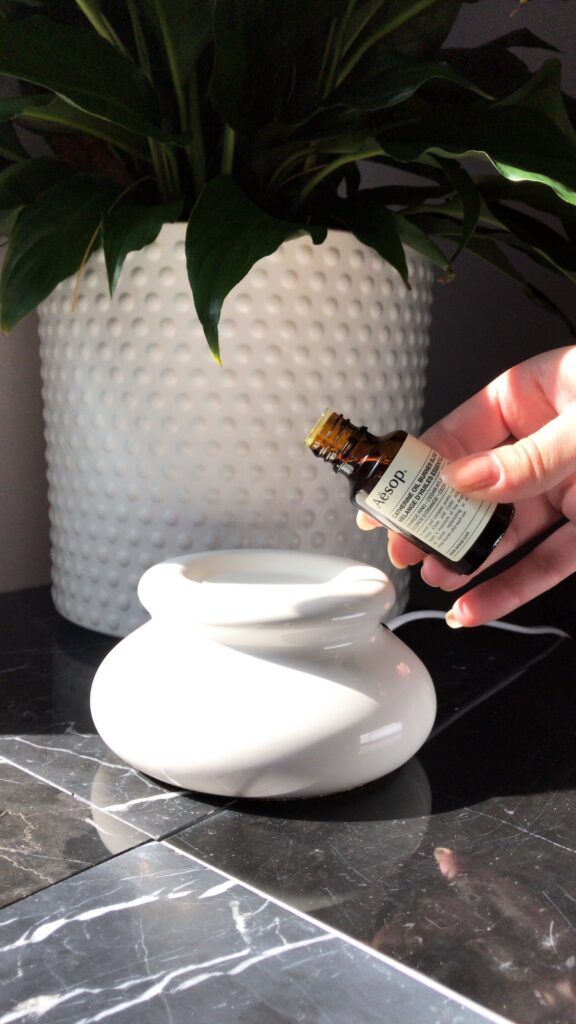
What are essential oils?
Essential oils are plant extracts. They’re made by steaming or pressing various parts of a plant (flowers, bark, leaves or fruit) to capture the compounds that produce fragrance.
It can take several kilograms of a plant to produce a single bottle of essential oil!
What is aromatherapy?
Aromatherapy is the practice of using essential oils for therapeutic benefit. Aromatherapy has been used for centuries, and when inhaled, the scent molecules in the oils travel from the olfactory nerves directly to the brain and especially impact the amygdala, the emotional centre of the brain.
Essential oils can also be absorbed by the skin. A massage therapist might add a drop or two of wintergreen to oil to help relax tight muscles during a rubdown. Or, a skincare company may add lavender to bath salts to create a soothing soak.
What oils are best?
- Lavender: Many people find the lavender scent relaxing. It’s often used to help relieve stress and anxiety and promote good sleep.
- Tea tree: Also called melaleuca, this essential oil was used by Australia’s aboriginal people for wound healing. Today, it’s commonly used for acne, athlete’s foot and insect bites.
- Peppermint: There’s some evidence peppermint essential oil helps relieve irritable bowel syndrome (IBS) symptoms when taken in an enteric-coated capsule (from a trusted health supplement provider). It may also relieve tension headaches when applied topically.
- Lemon: Many people find the citrusy scent of lemon oil a mood booster. It’s also often used in homemade cleaning products and a couple of drops can be popped into your water bottle.

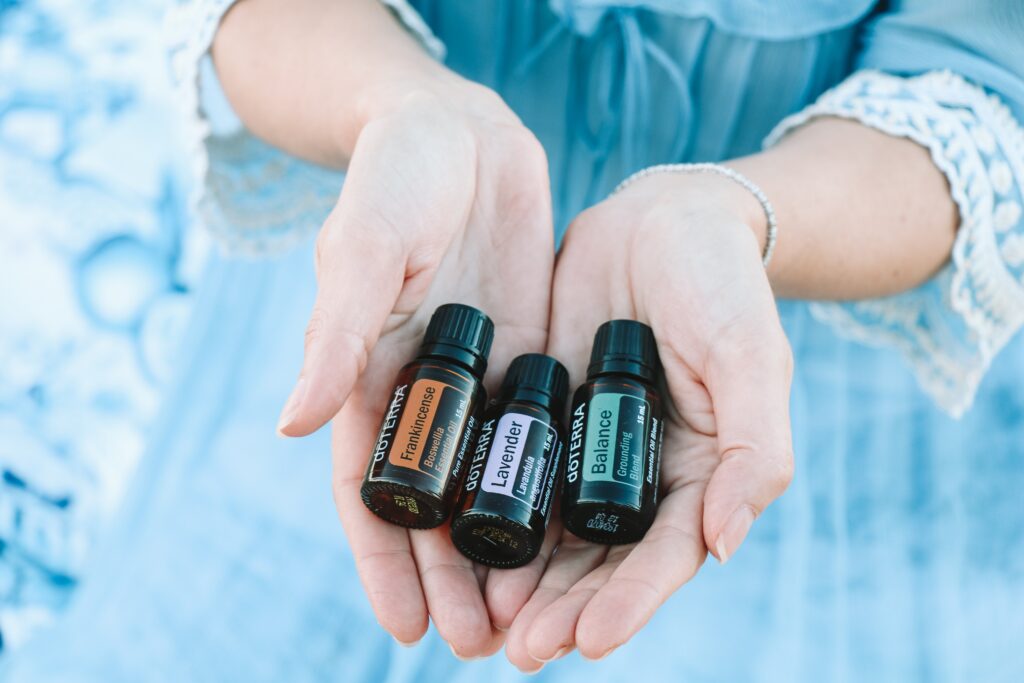
Many people also prefer to diffuse their oils in a space, for example, an office space or a room at home rather than applying topically or ingesting, and some people like to do all three!


